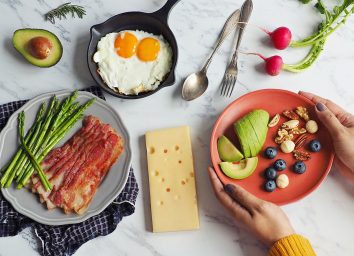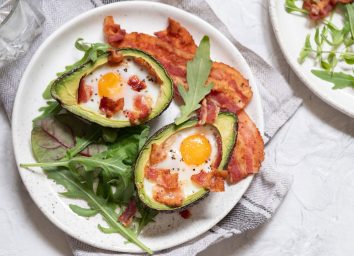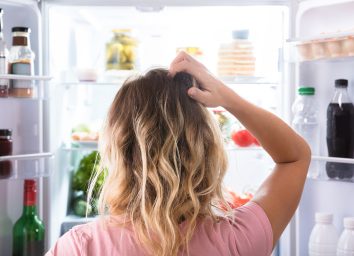5 Ways To Master the Keto Diet, According To Experts
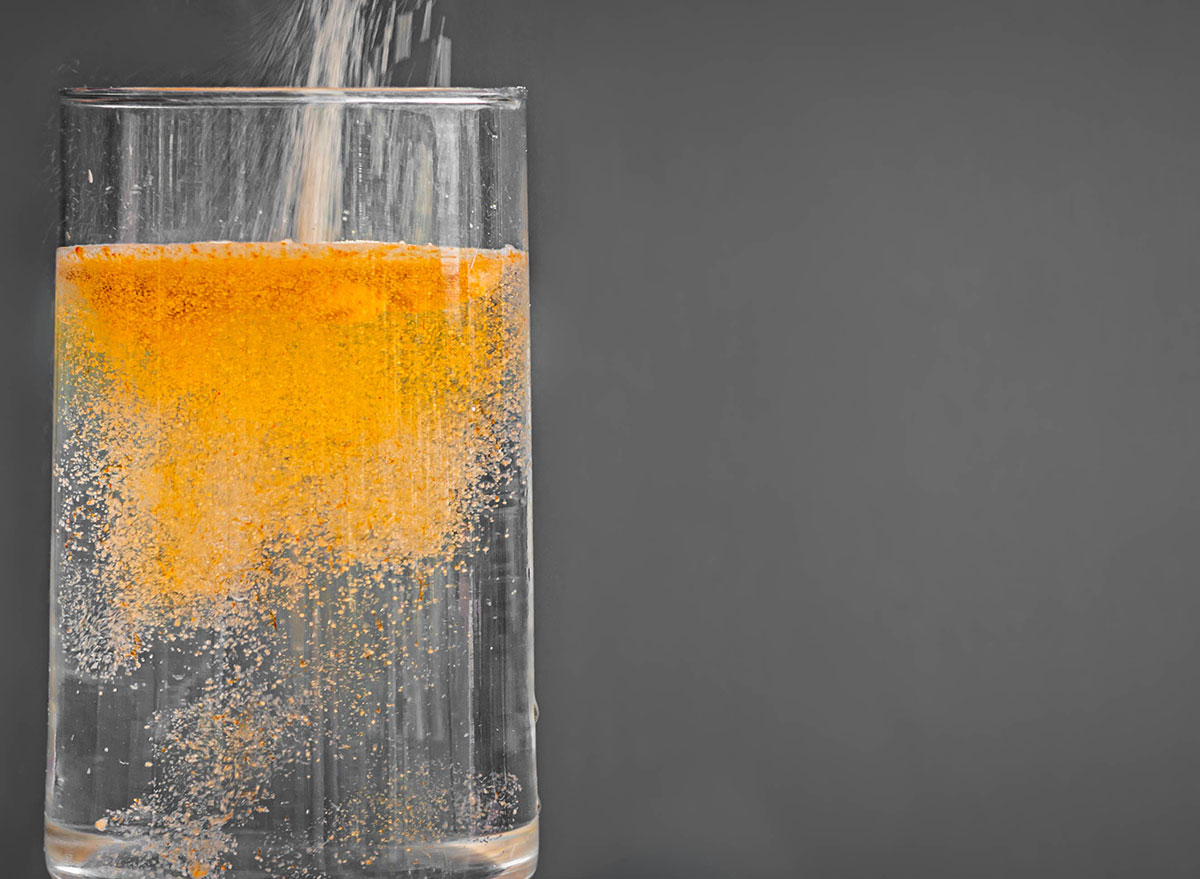
If you've ever tried the keto diet—or talked to someone who has experimented with it—you're likely aware that the trickiest thing about the high-fat, low carb diet is staying in ketosis. Your body goes into ketosis when you don't consume a sufficient amount of carbohydrates to burn for energy. This lack of carbs forces your body to burn fat instead and produce chemicals called ketones, which are then used for fuel. Keeping your body in this constant state of burning fat instead of carbs is essential to decreasing body fat and reaping the benefits of weight loss.
Staying in ketosis is tricky due in large part to the strictness of the diet. "The keto diet is very low carbohydrate, moderate-to-low protein, and high fat. If you eat too many carbohydrates (even a really small amount) from fruit, vegetables, starches, grains, legumes and/or dairy, then you can quickly jump out of ketosis," explains Amanda A. Kostro Miller, RD, LDN, who serves on the advisory board for Fitter Living. "Jumping out of ketosis signals the body to go back to burning carbohydrates for energy," which means you will no longer be reaping the fat-burning benefits.
If you want to master the keto diet, you first should know about the diet's safety issues.
Given its restrictive nature, the keto diet has been linked to some adverse health effects, such as a likelihood of long-term heart problems. "A high-fat diet, like keto, has the potential to be high in unhealthy saturated fats if it's not structured in a healthy way," warns Miller. "Many people struggle with what to eat, so they turn to cheese, red meat, butter, dairy, and other foods high in saturated fat," she adds.
"Saturated fat and trans fat are dangerous for your health—they increase inflammation in your body, raise bad cholesterol (LDL) levels as well as your risk for heart disease," notes Tiffany Joy Yamut, RN, a nurse specializing in nutrition and a keto diet expert. Miller recommends that you get most of your fat intake from healthy fats like avocado, olive oil, nuts, and seeds.
Following the keto diet for extended periods of time can also lead to nutrient deficiency. "Long-term keto dieters may develop nutrient deficiencies because a ketogenic diet can be pretty limited," Miller notes. "Since many carbohydrate-containing foods are fortified with or naturally contain various vitamins and minerals, people put themselves at risk for deficiencies in folate, and vitamins A, C, and K."
(Related: 7 Warning Signs You Should Stop the Keto Diet Immediately)
How to safely stay in ketosis. Despite the health risks associated with the keto diet, there are tricks keto dieters can use to help them stay in ketosis, thus making the diet more effective and efficient. Keep reading for input from experts on how to best master ketosis, and for other ways to burn fat, don't miss The Best Ways to Lose Belly Fat for Good, Say Doctors.
Establish your macronutrient ratios
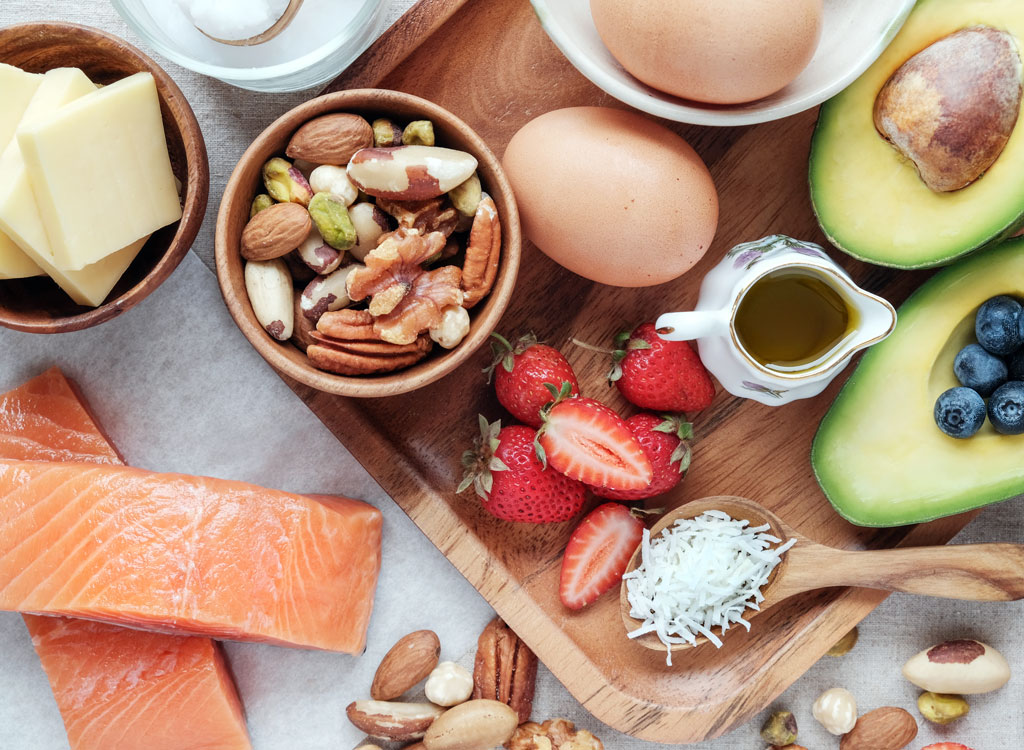
"First, figure out your macronutrient ratios for ketosis," says Miller, who strongly advises working with a dietitian before taking the keto plunge. "There are no set guidelines for how many carbs, fat, and protein is needed on the keto diet. However, I've seen some keto diets promote as little as 15 grams of carbs per day (or percentages as low as 5-10% carbs)."
She adds: "If you want to actually follow a true keto diet (AKA be in ketosis), the carb intake should be as little carbs as needed to avoid going out of ketosis, but this is very hard to track. Since the keto diet is high fat, I've seen some keto diets have as much as 80% calories from fat. But again, there are no set guidelines. To figure out these ratios, it's best to speak with a registered dietitian."
Update your macronutrient ratios as you move through the keto diet
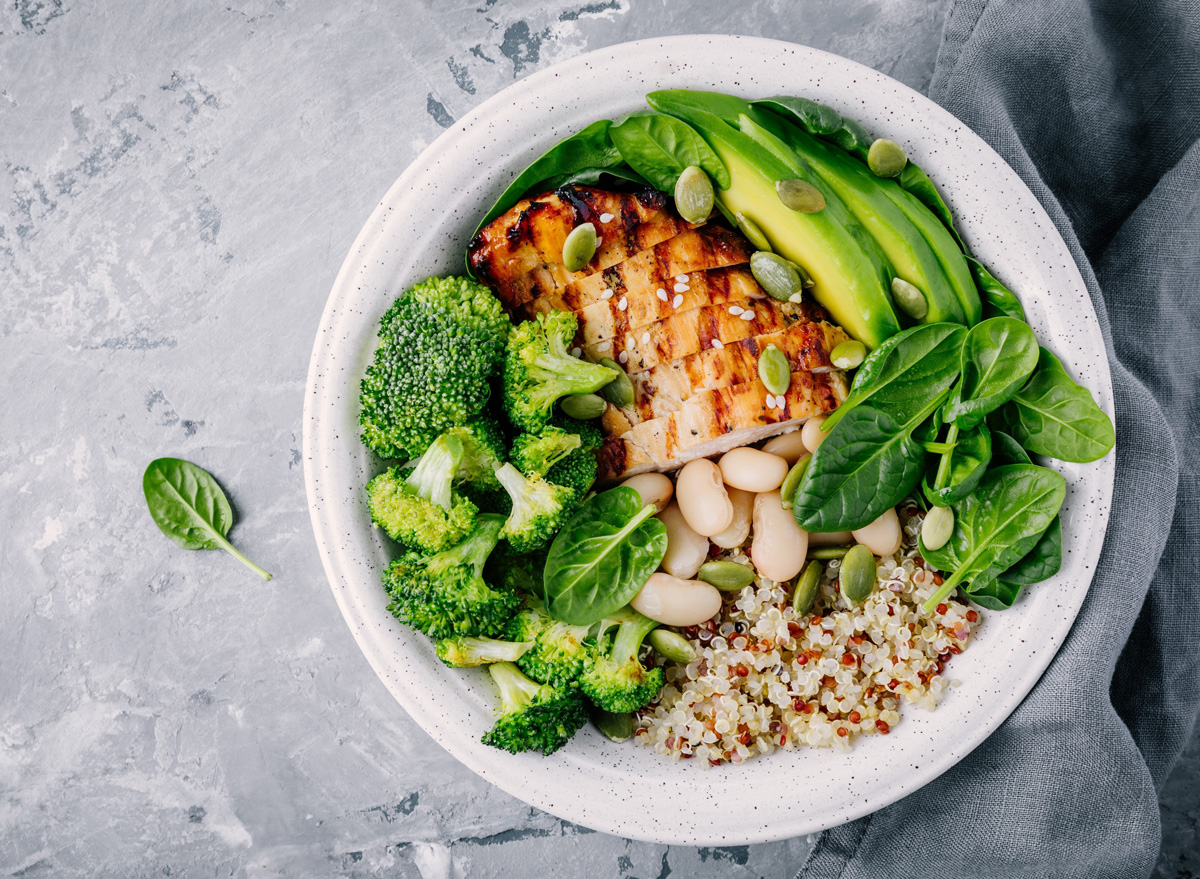
It's also important to note that these ratios will fluctuate as your body adjusts to the keto diet, so it's crucial that you remember to recalculate them every so often. "Don't forget to recalculate your macros," Yamut warns. "This is a common mistake in a lot of keto-ers. They figure out their macros only once and assume that they'll apply long-term. As you progress on the keto diet, your dietary carb, protein, and fat needs may increase or decrease depending on your weight, age, physical activity, and goals."
Get cooking
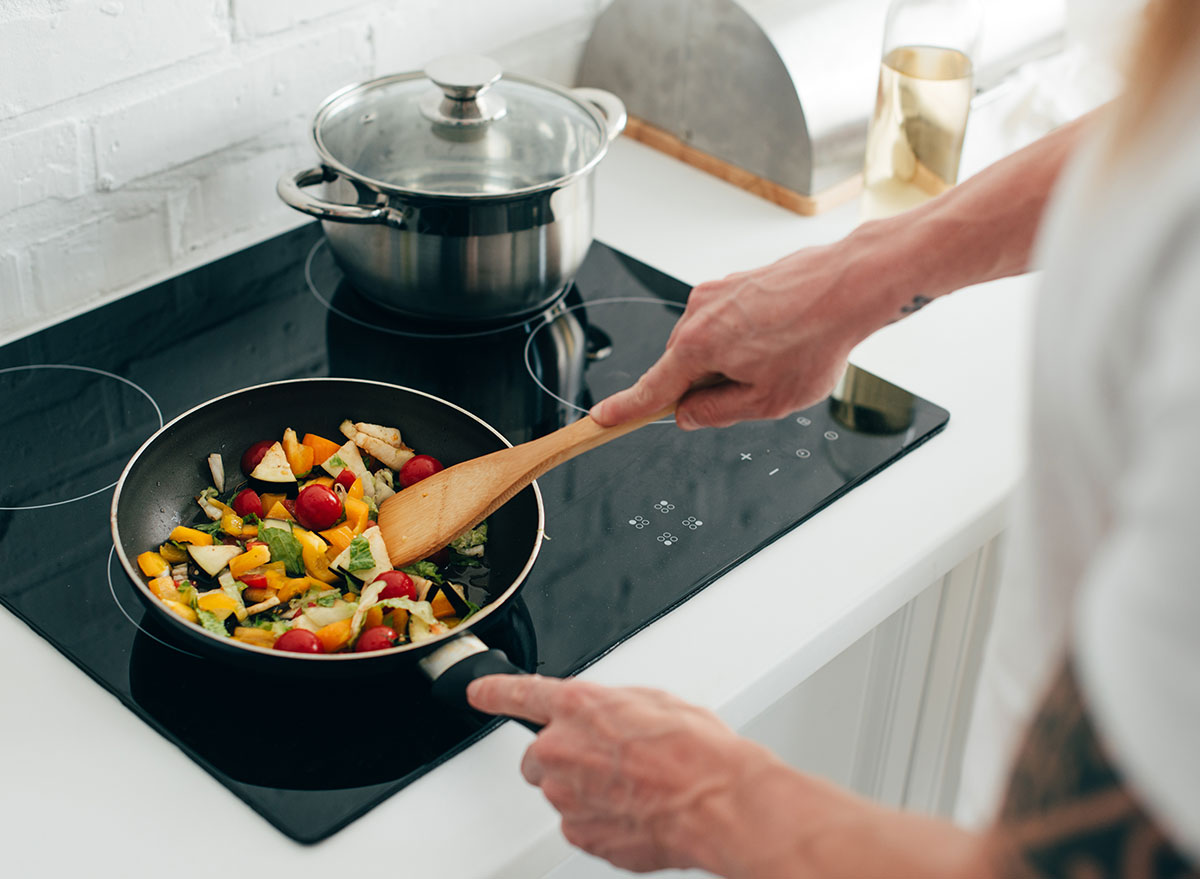
"Another powerful strategy is to cook your own food!" says Sofia Norton, RD from Kiss My Keto. "I know this can be quite challenging for those with busy lifestyles, but if possible, do advance meal prep. This way, you have more control over the ingredients you use and can also avoid hidden carbs and sugars." To get you started, we put together this master list of 63+ Best Healthy Keto Recipes to Keep You In Ketosis.
Supplement with electrolytes

Since many keto dieters can develop what's known as the "keto flu"—a recurrent set of symptoms triggered by the change in diet that includes headaches, foggy brain, fatigue, irritability, nausea—SaVanna Shoemaker, MS, RDN, LD, recommends making sure you're getting enough electrolytes so the illness doesn't get the best of you.
"On keto, especially when you're first starting, you may need to supplement with some additional electrolytes, such as magnesium and potassium. You may even need to up your salt intake," she explains. "The electrolyte imbalances that can happen when you first start keto can be miserable, but supplementing with electrolytes makes it easier to stick with the diet long enough to see its many benefits. Just be sure to speak to a doctor before starting any of these supplements (or even the keto diet itself), especially if you have heart or kidney problems."
(Related: The Best & Worst Keto Diet Supplements)
Snack smart
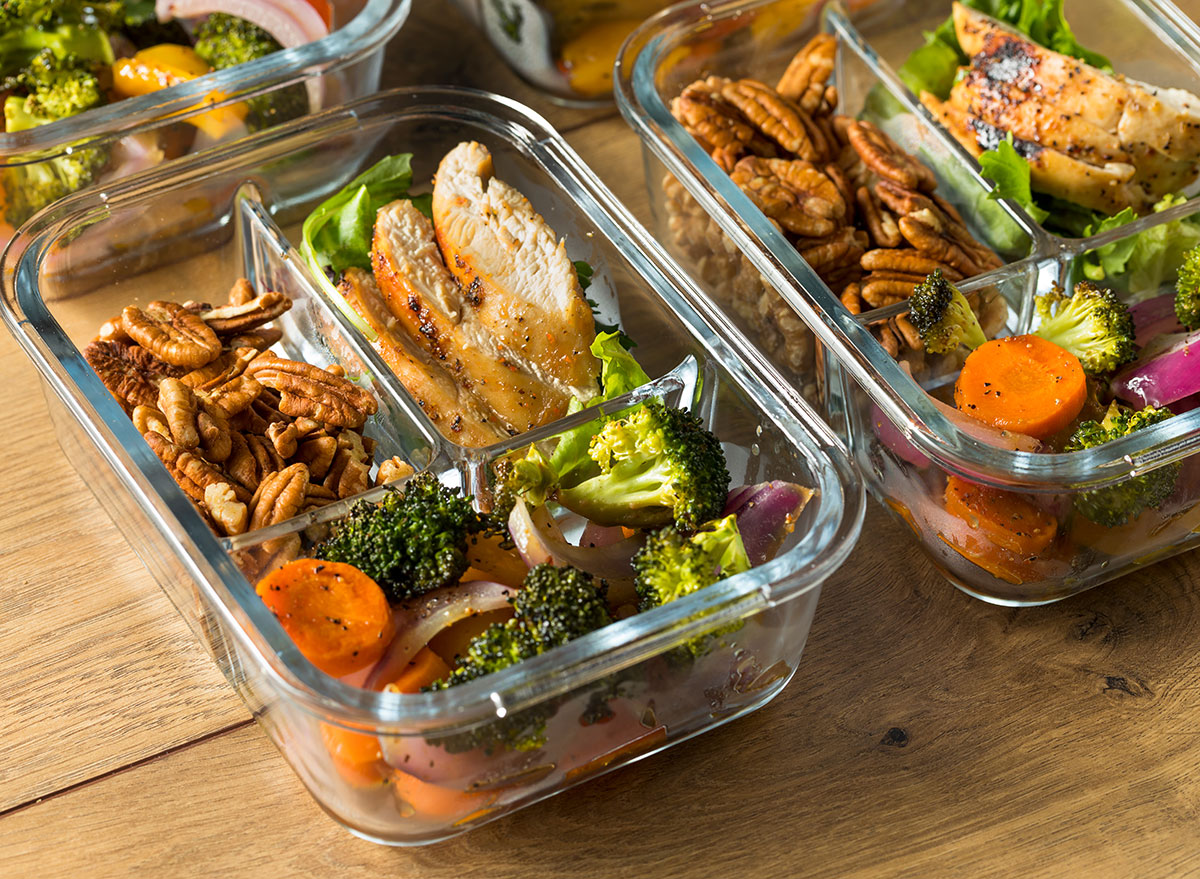
Shoemaker also advises keto dieters to be mindful of the "carb creep." Since it doesn't take much for a person to get out of ketosis, she suggests taking a more mindful and reserved approach to snacking. "Sneaking a bite or two of carby foods here and there is an easy way to graze your way right out of ketosis, even though it may not seem like a huge deal at the moment," she says. "So many foods are rich in carbs that they can really add up quickly. Try to stick to your planned meals and keto snacks and keep grazing to a minimum." If you're looking for a bit of help on the keto meal prep grind, give yourself a cooking break and considering investing in these 22 Best Keto Snacks to Buy For Fat Loss.
Work out regularly
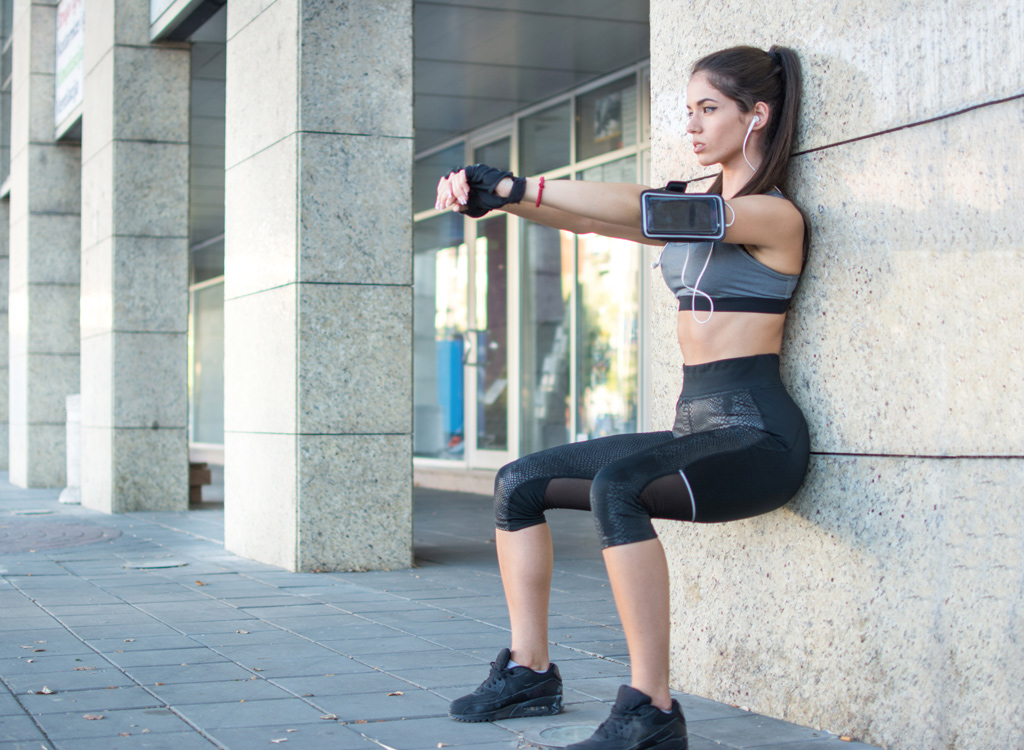
"Following a regular workout routine also helps," says Norton. "Exercise depletes your glycogen stores and taps into your body fat for fuel. The longer or more intense your workout, the greater the glycogen depletion."
According to Yamut, there's even a certain type of workout that can help you stay in ketosis: "A less common way to induce or maintain ketosis is to do a fasted cardio workout. Some people fast, while others work out only," she explains. "But working out in a fasted mode will speed up ketosis. The best time for this would be early in the morning, before you eat breakfast. A fasted workout is also a great way to beat weight loss plateaus. This is true for those who have been following an exercise routine on keto but have stopped seeing results." For more early morning tips to lose weight, don't miss these 11 Best Breakfast Hacks for Weight Loss.

